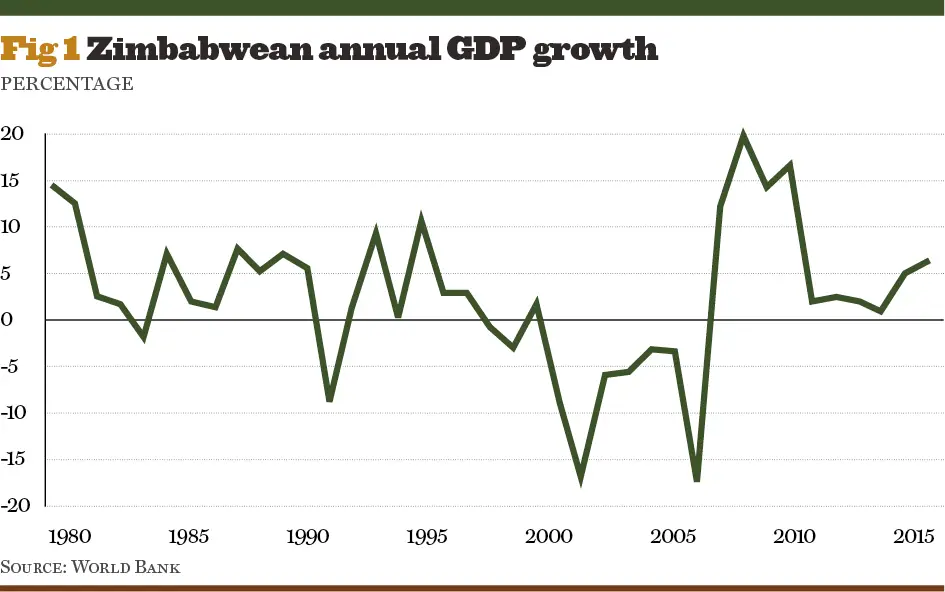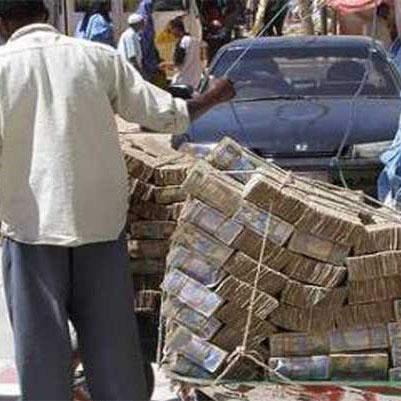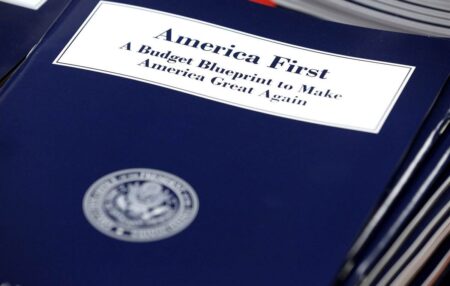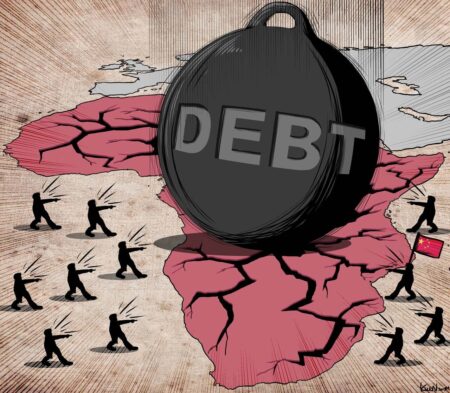The government of Zimbabwe has set in motion an economic roadmap for the next 5 years. The new blueprint is anticipated to achieve a 5% growth in the country’s economy over a period of 5 years to 2025
Dubbed the National Development Strategy (NDS) 1, the economic blueprint replaces the transitional development strategy phase which the government says has achieved critical success.
The NDS 1 will therefore be rolled out under better economic conditions than the TSP and carries with it bold strategies and policies to catapult economic growth,” Mnangagwa said.
The country’s president Emmerson Mnangagwa announced the new plan which he said was supported by accelerated growth on the back of improvements in mining, agriculture tourism, and the manufacturing sector.
The country is finance minister is expected to deliver the financial banking of this plan when he presents his budget this month
Some of the highlights of the economic blueprint include:
- Keeping the fiscal balance of payments at less than three percent of GDP, following the targets set by SADC
- Single-digit annual inflation to be maintained at 3% to 7% by 2025
- Increase in international reserves to at least six months import cover by the quarter-turn of the century.
- Maintaining both internal and external debt at lower than 70 percent of GDP.
- Focus on accelerating value addition in the sectors of agriculture and mining.
- To create a minimum of 760,000 formal jobs during the five-year period
The government aims at improving the economy into an upper-middle-income economy by 2030. It has projected the economy to grow by 7.4 percent in 2021 from a 4.5 percent decline this year brought about by the negative effects of the coronavirus pandemic.

With inflation hovering in the triple digits, the government has managed to arrest a runaway exchange rate.
These projections come at a time when the government has been involved in run-ins with its civil service including health and education personnel. The civil servants have been crying out for a living wage.
However, the government maintains an optimistic outlook on the fortunes of the economy which has suffered heavy setbacks including over a decade of economic decline.












